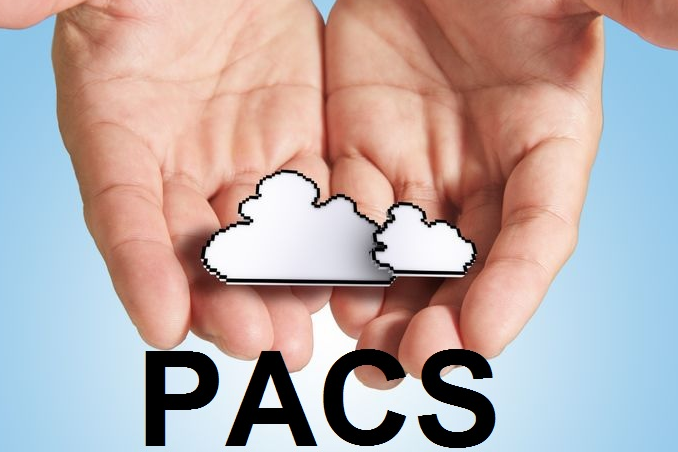Medical Image Exchange in the Cloud: A More Efficient Way

Medical imaging is an important element of most healthcare processes and contributes to accurate disease diagnosis and treatment. Medical imaging technology is advancing and improving every day and new devices and techniques are possible. Thus, medical imaging utilisation continues to rise (Bindman et al. 2019).
But it's unclear whether the growth in medical imaging use benefits patients; in fact, it can lead to patient harm (over diagnosis, radiation, etc). Like all aspects of medicine, it's important to make sure imaging is justified and that the potential benefits are balanced against the potential harms (Bindman et al. 2019).
Public health concerns about radiation exposure from medical imaging have intensified globally. In Europe, European Commission regulated safety standards for protection against the dangers arising from exposure to ionising radiation through the Directive 2013/59/EURATOM.
A study published in September in the Journal of the American Medical Association indicates that use of CT, MRI, and ultrasound in the U.S. rapidly increased between 2000 and 2016.
The study results suggest that much more work needs to be done to contain imaging use rates and determine whether the imaging that is used is appropriate. The study also says it’s estimated that 30% or more of imaging examinations may be unnecessary, costing approximately $30 billion annually in the United States. For example, in the trauma space, injured patients often undergo imaging that gets repeated, adding cost and radiation exposure while not significantly altering outcomes. The CT scans that are remotely accessible can delay procedures up to 25 minutes for review due to wasted time (Emick et al. 2012). In the stroke environment, where “Time is Brain”, quick exchange of CT scan is a critical issue.
Radiologists have a real opportunity to work with their referring providers to help guide them in how and when to image, and when not to image. Radiologists also need to figure out ways to be available for consultation. Doing this would have a real impact on testing utilisation.
It is also important that patients are engaged and informed participants as to their care. As initiatives are developed to improve patient access to their medical records, radiologists can play a key role in advocating to reduce barriers to electronic access: widening access to imaging studies should be included in the overarching goal of improving health information transparency and patient-centered care (Carolyn et al. 2019).
https://healthmanagement.org/c/hospital/issuearticle/medical-image-exchange-in-the-cloud-a-more-efficient-way


Your Comment :